Aquarium for beginners: the choice of an aquarium and fish, care features
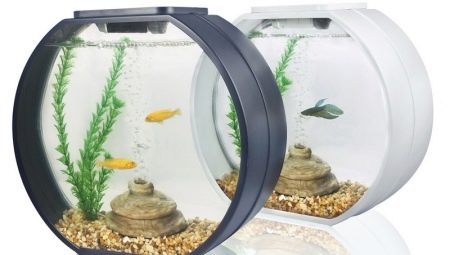
Many of us want to have some kind of pet that will bring joy and pleasant emotions. It is not always possible to get a cat or a dog for some reason, and therefore often people give preference to various guinea pigs, hamsters, parrots. One of the rather interesting options can be an aquarium with fish. Probably, you cannot find a person who would remain indifferent to them. But deciding to have fish is one thing. And to know what is needed for this is different. And we'll talk about this in more detail.

Aquarium selection criteria
A person who decides to set up a simple aquarium with fish at home often does not know what a novice aquarist needs. The first step is to choose the right container. To do this, you should decide exactly where it will be located. You don't even need to be clearly defined right away. But at least you need to have a rough idea, because when there are already some considerations, it will be possible to select the shape of the aquarium and its design. For example, it can be located on legs or a stand, have a frame base, or, in general, be suspended. And there are many forms of the aquarium:
- rectangular;
- round;
- panoramic;
- triangular;
- square;
- prismoidal.
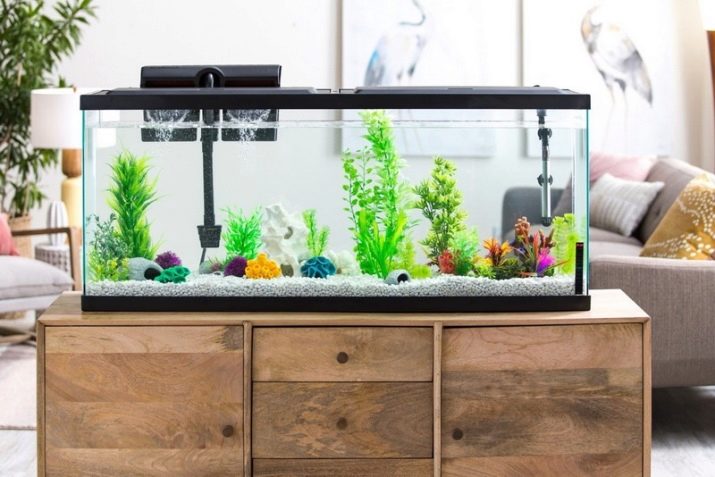
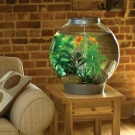



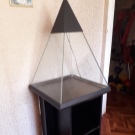
And depending on the form, certain features of the installation appear. For example, triangular aquariums are only closed, while prismatic aquariums can only be installed on the floor.
Another important criterion for choosing an aquarium will be the various factors in keeping and caring for fish. Correct installation of the container greatly facilitates access to it and carrying out various actions: cleaning filters, changing water, caring for plants, feeding fish.
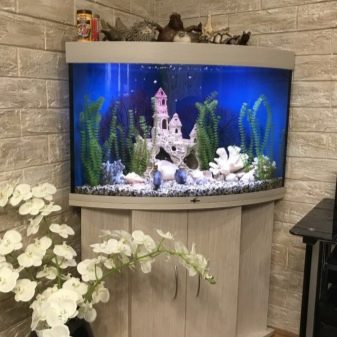
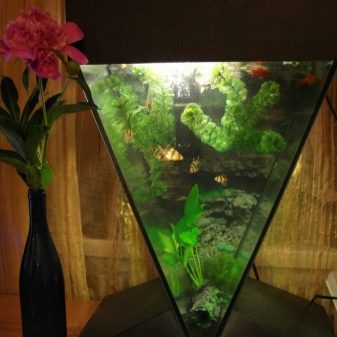
It is difficult to give preference to any form of aquarium. Although experts say that it is best to choose the classic rectangular option. Some say that a container with an unusual shape, even a spherical one, can be a source of stress for fish.
Another very important criterion is size. Here everything will depend on how seriously the person will deal with this. If he is going to breed fish or keep rather large specimens there, then he will need a solution of 50 or more liters. And if he just wants to enjoy the life of these beautiful creatures, then a beginner will only need an aquarium for:
- 10 liters;
- 20 liters;
- 40 liters.
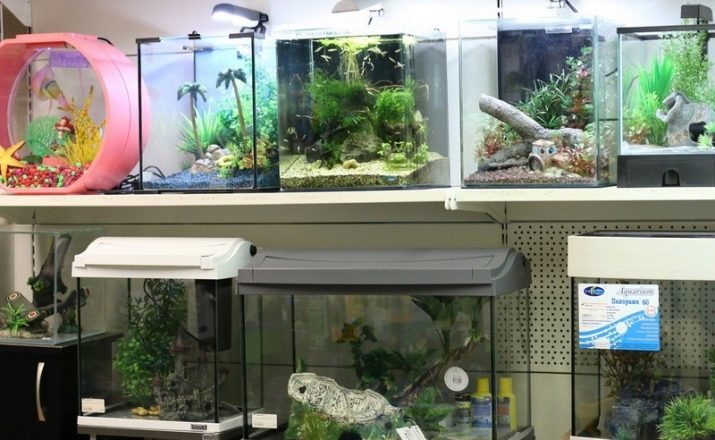
In simple terms, a small aquarium will be the perfect solution for an inexperienced person in this matter. True, in a small aquarium, water deteriorates faster, and more careful care is needed. The choice of size will also be influenced by what kind of fish the aquarist is going to start.
Where to put?
The correct location of the container is very important, because it will create comfortable living conditions for pets. For the correct installation of the aquarium, a beginner should adhere to the following principles:
- the surface on which the container will be placed must withstand the mass of the aquarium and the water that will be in it;
- all actions with the container should be carried out without any obstacles or inconveniences;
- the place should be such that you can easily connect the necessary equipment;
- the tank is placed in a place where direct sunlight does not fall, and there is no constant movement and noise - this can harm fish and some types of algae.

Necessary equipment
The next step will be the acquisition of the necessary equipment for the normal life of the fish. His list includes several devices.
- Temperature regulator. It will be necessary on hot or cool days, as it will allow you to adjust the water temperature up or down.
- Thermometer. Gives the owner information about the temperature of the water.
- Lamp. Lighting will be necessary for the plants, as light allows the flora of the aquarium to grow normally and allows them to simulate their natural habitat.
- External filter. Suitable for filtering liquids in large aquariums.
- Internal filter. Required for small capacity. It makes it possible to filter water, preventing stagnation and turbidity.
- Compressor. Allows you to saturate the water with oxygen, which increases the comfort of the existence of fish in the aquarium.
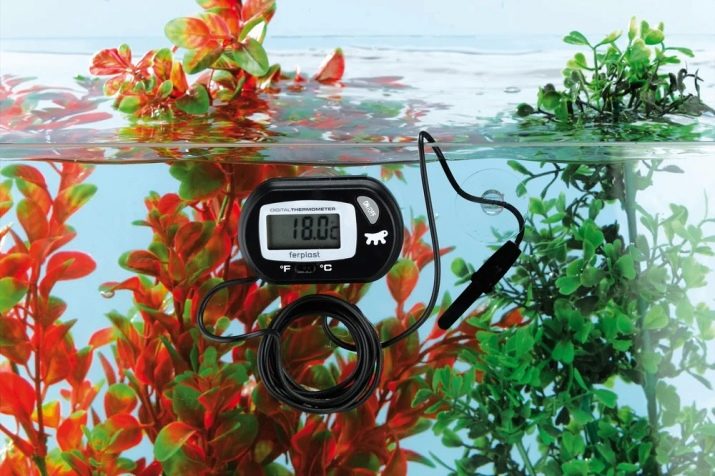
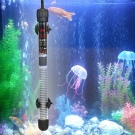


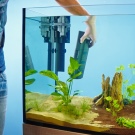
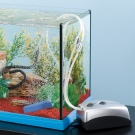
It should be noted here that usually either an internal or an external filter is bought.
In addition, you will need to purchase:
- landing net;
- feeders where you can put live food;
- siphon, which allows cleaning the soil from fish waste products;
- a scraper that allows you to clean the glass of the aquarium from algae.
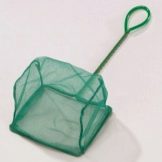
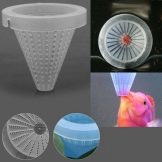

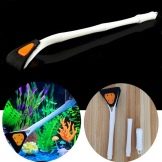
Decorations and accessories
The next stage is the purchase of decorations and accessories. Decorations make it possible to add atmosphere to the aquarium and make it more beautiful. Fry often hide in them and various snags, because often the parent individuals simply eat them for some reason. There are no specific recommendations for purchasing decorations. Everything is limited only by the owner's imagination and the availability of funds. You should not buy too many of them, because this can complicate the process of servicing the container.
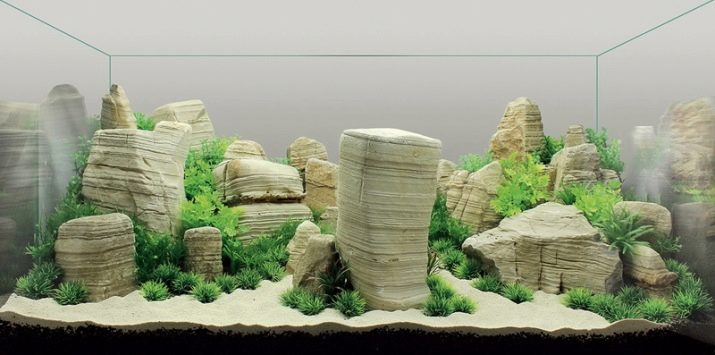
Before use, they must be collected, if they consist of several parts, and rinsed with running water and then dried. And only then they can be lowered into a container with fish.
If we talk about accessories, it often happens that bedside tables are supplied with the container, as well as covers with built-in lamps. This solution will be good if there is very little space for mounting the aquarium.
Naturally, the cabinet is designed for the weight of the aquarium with water. And on the shelves underneath, you can easily place the necessary aquarium accessories. The presence of a cover will be necessary in order to prevent the fish from jumping out. For beginners, it will be convenient also because you do not need to spend time installing lighting.
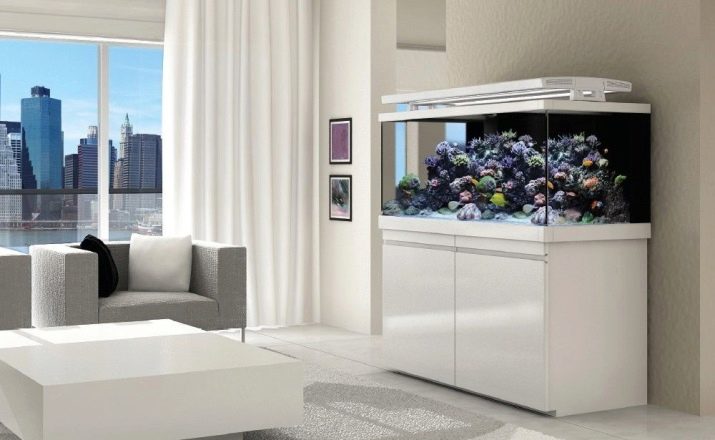
How to choose fish and plants?
Now you need to select the fish that will inhabit the beginner's aquarium. It is best to start your journey in this with the following breeds:
- lalius;
- cardinals;
- zebrafish;
- different breeds of catfish (corridors or ancistrus);
- viviparous fish (platies, guppies, swordtails, mollies).
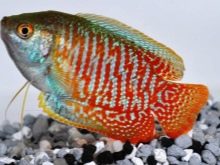
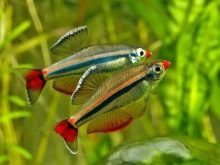
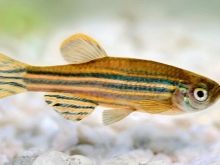
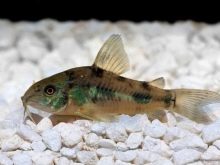
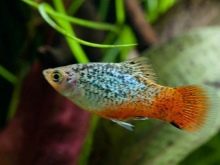
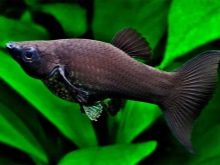
These fish species can live in different water conditions and temperatures, which means they will be ideal for beginners.
If we talk about plants, then they are absolutely necessary in a container, because they form the conditions as close as possible to natural ones. They must be unpretentious and able to live at different temperature levels, water parameters and light conditions. For beginners, it will be best to use in an aquarium:
- hornworts;
- pinnate;
- echinodorus amazon;
- elodea;
- vallisneria;
- floating riccia;
- mosses (key or Javanese);
- ferns (pterygoid or Thai).
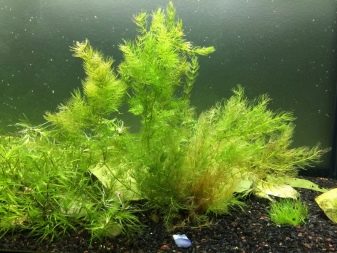
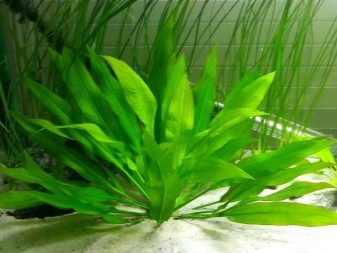

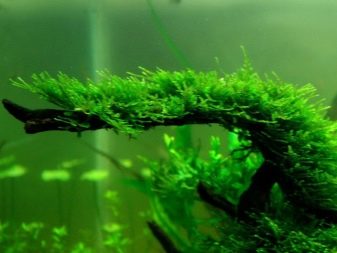
In no case should you place self-collected plants in the aquarium. The reason is that it is unlikely that a beginner knows what he has collected. This can harm the fish.
Before placing the purchased plant species in a container, they should be treated in a pre-prepared aqueous solution of 3% hydrogen peroxide or methylene blue solution.
It is necessary to periodically prune greens and carefully monitor that dark bloom does not appear on the leaves of plants, which can poison the water.
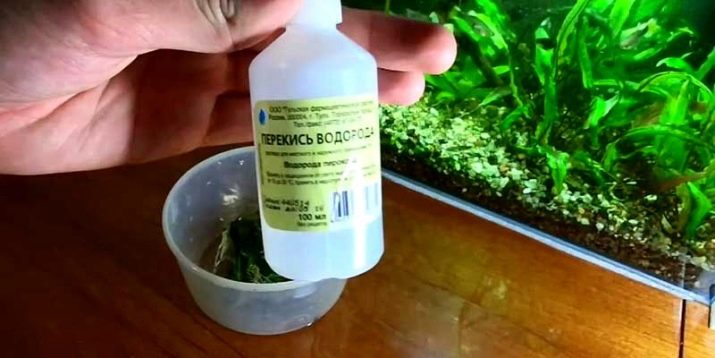
How to start the aquarium step by step?
Before settling fish, the biological balance of the reservoir should be stabilized as much as possible. Under no circumstances should they be placed in a new, just started up aquarium. It is known that up to 30% of individuals die due to improperly organized colonization in the aquarium.
So, starting a water tank should start with:
- filling with water and checking the integrity of the seams for leaks;
- laying out the soil and subsequent planting of plants;
- installation of various decorations and placement of decorations;
- placing and switching on the necessary equipment.
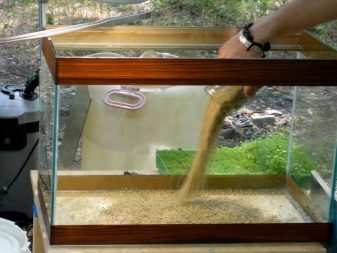
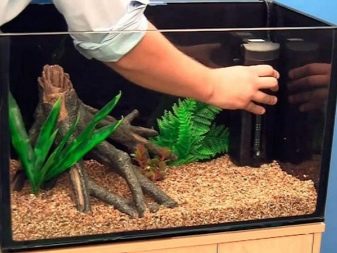
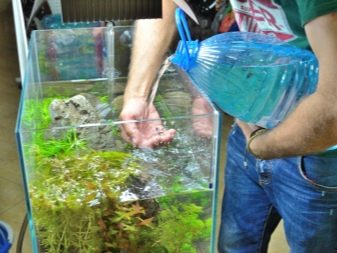
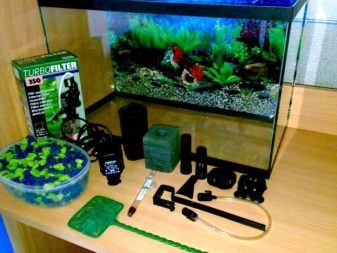
Typically, the bio-balance in the aquarium will return to normal within 7-10 days. This period can be used by the novice aquarist to determine the types of fish that he intends to settle in his aquarium and purchase them. To speed up the normalization of water parameters, professional aquarists advise to dilute some mineral fertilizers in the water. But it is better to calculate fertilizer dosages in consultation with a specialist.
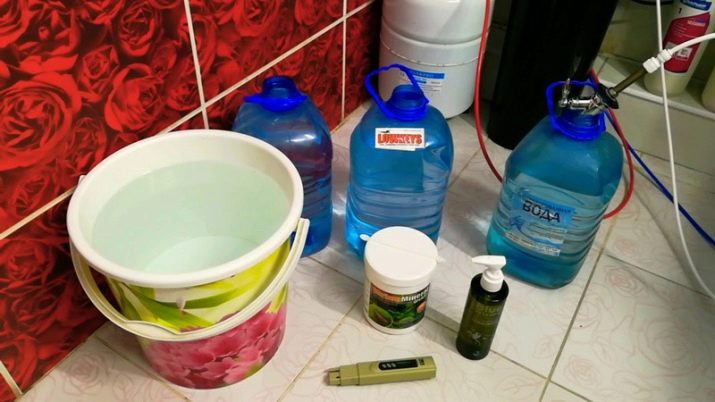
As soon as the biological balance in the aquarium is normalized, you can start the first inhabitants - various molluscs, frogs and shrimps. If they feel comfortable, then after a few days it will be possible to add fish to the tank.
How to care?
Now let's say how the proper maintenance of an aquarium placed at home is carried out. Keeping fish of good quality begins with proper feeding. It should be done in moderation. You shouldn't overfeed your fish as they can get used to it. Therefore, do not feed them more than once a day. And you need to give so much that they eat it instantly. It should not settle to the bottom, because it can start to rot, which will cause the development of bacteria and fungus. And this will entail illness of the inhabitants of the reservoir, and their possible death.
When the aquarium population has fully adapted, feed can be fed a little more often. Well, it is imperative that one day a week be done unloading for the purpose of prophylaxis.
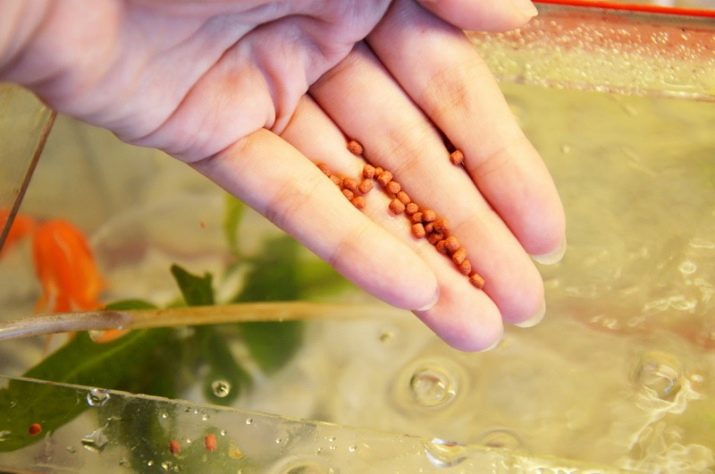
Another component of proper care is maintaining the temperature and cleaning the aquarium.The temperature regime must be stable, its fluctuations can be detrimental to fish.
Timely filter change and soil cleaning, as well as algae care - the guarantee of creating a favorable and healthy environment for fish. Filters should only be cleaned in aquarium water. Otherwise, the water balance of the reservoir can be disturbed.
If we talk about replacing water, then the first time it is carried out no earlier than a few months after launch. Moreover, only part of it needs to be changed - about 20-25 percent. That is, each time a partial replacement is carried out, and not a complete one at a time.

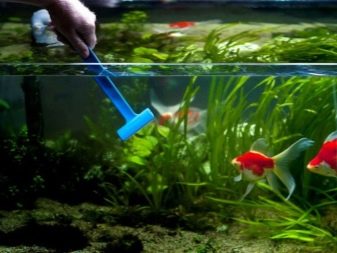
Secrets and tips for fish farming at home
It will not be superfluous when keeping and breeding fish at home follow the advice of experienced aquarists.
- It is better to choose a classic rectangular aquarium.
- The container should be placed on a flat surface, and its edges should not hang from the surface on which it stands. Otherwise, the aquarium may collapse.
- The temperature regime in the tank should be observed very carefully. Temperature changes negatively affect the inhabitants of the aquarium.
- Periodically check the operation of the aerator and filter for malfunctions.
- Daylight hours in the aquarium should be at least 11 hours. Otherwise, parasitic algae may appear in the container.
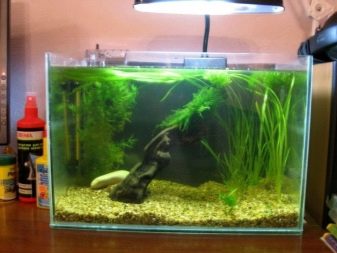

For information on how to care for your home aquarium, see the next video.








